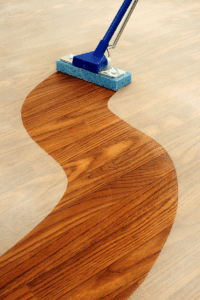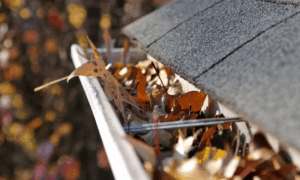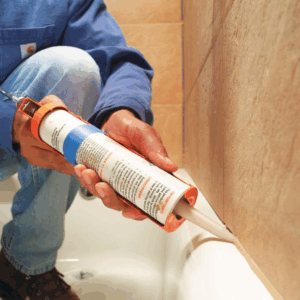The exterior of an old home is more than a façade – it is a living record of craftsmanship, materials, and architectural stories that connect the present to the past. Renovating this outward face is not just about upgrades; it is about stewardship, where every repair or restoration balances preservation with the needs of modern life. Edmonton and Canadian homeowners alike are increasingly turning to exterior renovations that protect, restore, and celebrate the historic character of their properties.
In this guide, we explore the key types of exterior renovation for older houses, why they matter, and how thoughtful choices can ensure these homes continue to stand with dignity for decades to come.
Restoring Siding and Cladding
For many heritage homes, siding and cladding provide the first impression. Traditional materials such as wood, stucco, or stone give character to each era. Renovation here may involve repairing and repainting original wood boards, replacing damaged shingles, or carefully introducing fiber cement products that mimic wood grain while offering added durability.
The City of Edmonton’s Historic Resources program (Register & Inventory) ensures that many of these character-defining features are legally protected, so homeowners should check whether their siding, windows or decorative trim are part of a designated historic resource before making alterations.
So the goal is to respect the original style while shielding the home from Alberta’s challenging climate.
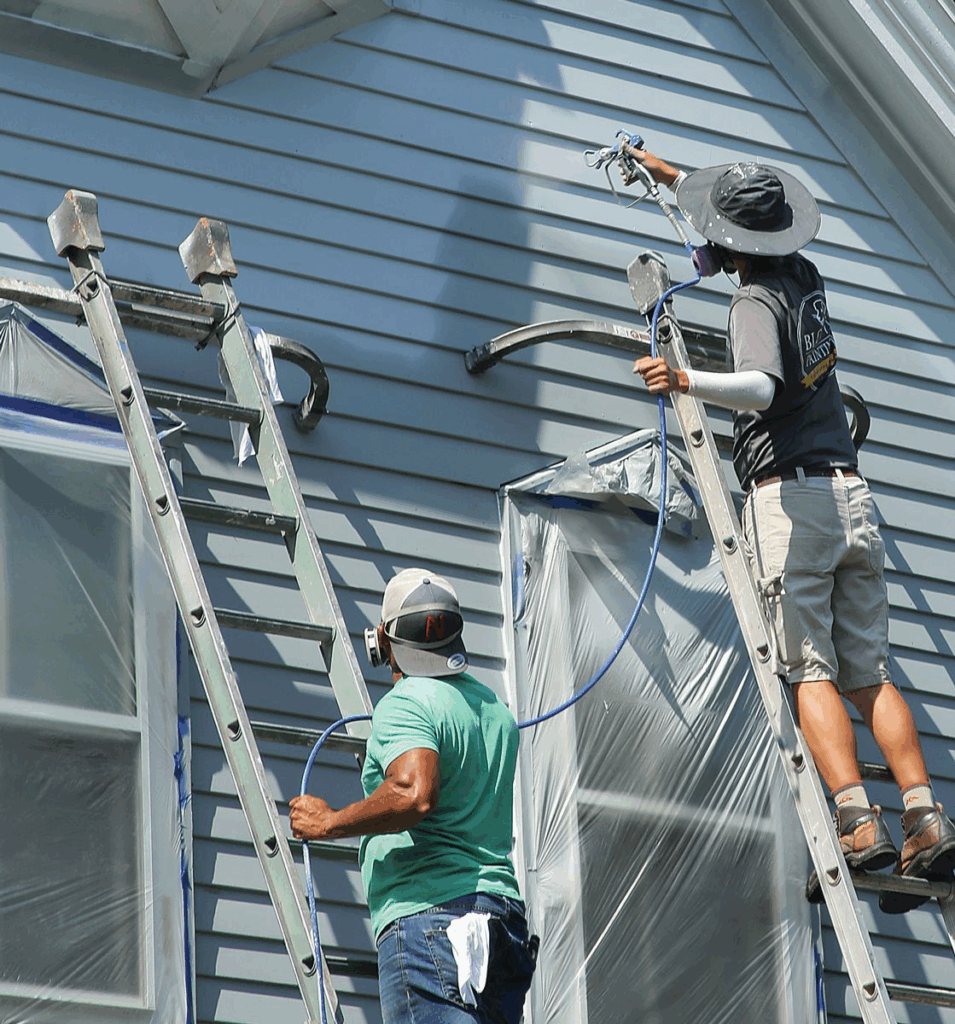
Roofing Renewal
A roof is both a protective shield and a defining architectural element. Historic homes may feature slate, cedar shakes, or even ornamental metal. Renovation projects often involve replacing weathered materials with identical or sympathetic alternatives. In some cases, modern substitutes are chosen – such as composite shingles styled to resemble slate – balancing authenticity with long-term performance.
Windows and Doors as Focal Points
Windows and doors are often the soul of a heritage home. Narrow mullions, stained glass, and carved wooden doors each tell a story. Renovations may include repairing frames, reglazing panes, or carefully replacing units with historically accurate models that incorporate modern insulation. Doing so not only enhances energy efficiency but also preserves the distinctive “face” of the house that passersby recognize instantly.
Masonry and Foundations
Brick and stone buildings require specialized care. Repointing mortar joints with lime-based mixtures prevents damage caused by modern Portland cement, which can trap moisture and harm historic brick. Cracked stones may need professional repair, and foundations should be stabilized and waterproofed. These often-invisible projects ensure structural longevity, allowing old houses to stand firm against Edmonton’s freeze-thaw cycles.
Under Alberta’s “Protecting Alberta’s Historic Places” program, property owners of designated Municipal Historic Resources receive conservation advice, regulatory guidance, and in many cases grant support to ensure repairs are done using appropriate materials and methods.

Architectural Details and Ornamentation
Cornices, brackets, and columns embody the artistry of earlier builders. Renovating these features is often painstaking work, involving careful sanding, repair, or replication. Whether it’s the Gothic trim on a Victorian porch or the streamlined lines of an Art Deco balcony, restoring details keeps a home’s personality intact and reinforces its place in the neighborhood’s architectural landscape.
Why Exterior Renovation Matters
Renovating the exterior of an old home offers benefits far beyond curb appeal.
- Preservation of character: Safeguards the home’s unique identity and contributes to the historical charm of the street.
- Increased value: Well-maintained heritage properties often appreciate faster than the market average.
- Energy efficiency: Updated siding, roofs, and windows can reduce heating and cooling costs – vital in Edmonton’s winters. To encourage this, the City of Edmonton offers financial incentives to owners of Municipal Historic Resources for restoration and rehabilitation, helping offset the cost of preserving old-home charm.
- Structural longevity: Addressing cracks, rot, or leaks early prevents costly repairs later.
Comparing Siding Options
Choosing siding is often the most visible – and costly – decision. The table below outlines key factors to weigh:
| Parameter | Wood Siding | Vinyl Siding | Fiber Cement Siding |
| Initial Cost | High | Low-Medium | Medium-High |
| Maintenance | High (repainting) | Low (cleaning) | Low (periodic painting) |
| Durability | Moderate (susceptible to rot, insects, fire) | Moderate (can crack, fade, or warp) | High (resistant to rot, insects, fire) |
| Historical Accuracy | High (often the original material) | Low (difficult to replicate historical profiles) | Medium (can mimic wood grain and profiles) |
Data compiled from industry guides and building material resources like the National Trust for Historic Preservation.
Common Mistakes to Avoid
Navigating the types of exterior renovation of an old house can be complex. Avoiding these common errors will help ensure a successful outcome.
- Using Inappropriate Materials: Choosing modern materials like vinyl windows or siding that are out of character with the home’s era can diminish its historical integrity and value.
- Aggressive Cleaning Methods: Using high-pressure power washers or sandblasting on old brick or wood can cause irreparable damage to the material’s surface.
- Ignoring Underlying Issues: Covering up rot or structural problems with new siding or paint is a temporary fix that will lead to more extensive and costly repairs down the road.
- Choosing the Wrong Mortar: Using modern, hard Portland cement-based mortar on historic brickwork can trap moisture and cause the bricks to spall and deteriorate over time. A proper lime-based mortar is often required.
Balancing Preservation and Modernization
A recurring debate surrounds how “pure” a restoration should be. Some argue for strict preservation, using only original techniques and materials. Others prefer adaptive approaches, incorporating modern products that improve energy performance.
The most successful projects often combine the two – honoring history while quietly enhancing durability and comfort. This may involve using high-performance modern materials-like insulated glass in historically-styled window frames or durable fiber cement siding milled to match original wood profiles-that offer longevity and energy efficiency without drastically compromising the historic aesthetic. The ideal path often lies in a thoughtful synthesis of these two views, where modern innovations are used discreetly to support and preserve the authentic character of the home.
Frequently Asked Questions (FAQ)
1. How can I renovate my old home’s exterior without losing its historic charm?
Balancing preservation with modern updates means carefully selecting materials and techniques that respect the original architecture. This often involves repairing rather than replacing, or choosing substitutes that mimic traditional appearances while offering durability.
2. What exterior upgrades make the biggest difference in both appearance and long-term durability?
Roofing, siding, and windows are usually the most transformative. Updating them with historically accurate or carefully chosen modern substitutes improves curb appeal, boosts energy efficiency, and prevents costly structural issues. Masonry repairs and foundation work, though less visible, are equally important for ensuring the house’s stability over time.
3. How do I decide between authentic historic materials and modern alternatives?
The choice depends on your priorities. If authenticity is paramount, original materials like wood siding or slate roofing may be worth the maintenance. If durability and reduced upkeep matter more, modern options such as fiber cement siding or insulated glass in historic-style frames can provide a practical compromise.
4. Will exterior renovations really add value to my old home?
Yes – well-executed renovations preserve architectural heritage, boost curb appeal, and can significantly raise property value. They also reduce long-term costs by improving energy efficiency and preventing structural issues. Buyers are often willing to pay a premium for a heritage home that has been carefully updated without sacrificing its unique character.
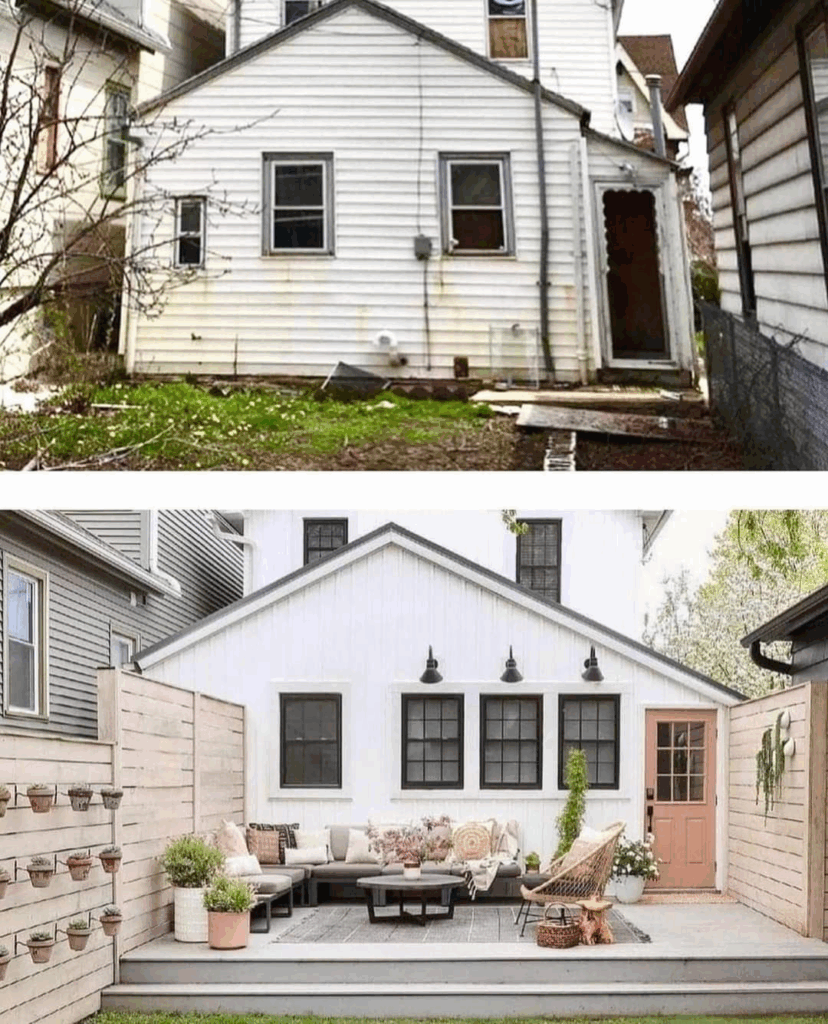
Conclusion
Exterior renovations of old houses are as much about identity as they are about construction. Each repaired window, each restored bracket, and each carefully chosen material contributes to the ongoing story of Edmonton’s neighborhoods and Canada’s architectural heritage. By balancing authenticity with practicality, homeowners ensure their houses remain not only safe and efficient but also vibrant symbols of continuity between past and future.
For further exploration, visit Wikipedia’s page on Historic Preservation.


